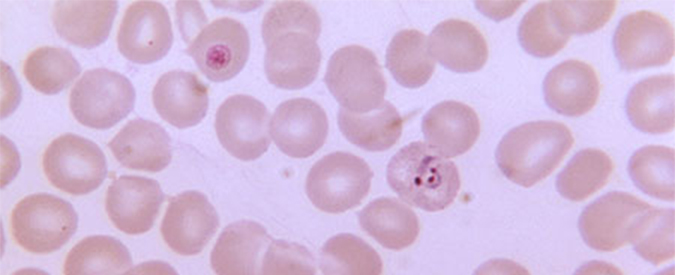A new study suggests that malaria is more common — and costly — in the U.S. than previously thought.
The analysis, led by UCLA epidemiologist Diana Khuu and published in the American Journal of Tropical Medicine and Hygiene, examined the hospital admissions database maintained by the federal Agency for Healthcare Research and Quality.
The review found that malaria led to an average of 1,489 hospitalizations per year. Since about 70 percent of infections require hospital treatment, researchers estimated the annual number of malaria cases in the U.S. at about 2,100 — slightly more than the Centers for Disease Control and Prevention’s projections of 1,500 to 2,000 cases per year.
Overall, researchers said that about 22,000 people were admitted to hospitals in the U.S. due to complications from malaria between 2000 and 2014. A total of 4,823 patients were diagnosed with severe malaria, and the parasite was blamed for 182 deaths.
In addition, the study said that the disease cost the U.S. about $555 million in health care costs over that span, or an average cost per patient of about $25,800.

(Image credit: CDC)
Malaria was eradicated in the U.S. some 60 years ago, but travelers to parts of Africa, Asia and Latin America — particularly those that do not take precautionary measures — risk bringing the infection back with them.
The study found that men accounted for 60 percent of the hospital admissions and suggested that men were both less likely to seek travel advice and more likely to ignore it.
“It appears more and more Americans are traveling to areas where malaria is common and many of them are not taking preventive measures, such as using anti-malarial preventive medications and mosquito repellents,” Khuu said.
Although malaria remains extremely rare in the U.S., researchers said that some domestic mosquitoes are capable of carrying the parasite and noted sporadic examples of infections acquired locally. Increased infections also raise the risk of the infection re-establishing itself in the country.
Scientists added that more information and research regarding malaria will be required.
Nearly half of malaria-related hospitalizations, researchers noted, did not indicate a specific type of parasite although a blood test could easily identify it. Some types can lie dormant before re-emerging later, while the plasmodium falciparum variety is responsible for most severe or fatal cases.
Officials added that the government should continue to fund research by the military, CDC and National Institutes of Health into diseases not traditionally thought of as “American.”
“Hospitalizations in the United States from malaria remind us that we live in an interconnected world,” said Patricia Walker, president of the American Society of Tropical Medicine and Hygiene. “For this reason, the U.S. must continue to invest in tropical medicine research efforts and programs.”




